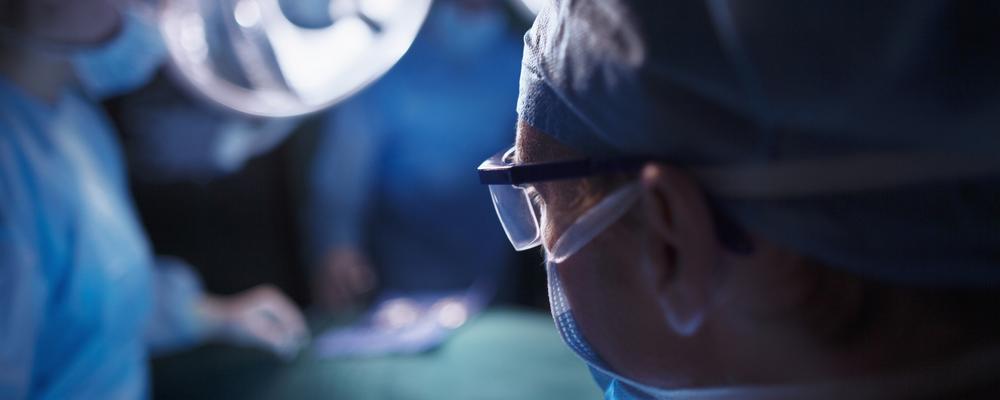Surgeons need more bodies to practice on
At the University of Gothenburg, a lack of donated cadavers limits surgeons’ scope for honing their skills. Especially in trauma surgery and new, advanced operative techniques, there are not enough bodies for courses to be held.
FACTS ABOUT WHOLE-BODY DONATION
- Anyone can opt to sign an agreement and, irrespective of the cause of death, the donation can be implemented. If organs can be donated or the body needs to undergo a forensic Investigation, however, this takes priority.
- Today, about 600 people have opted in by signing agreements whereby their bodies will be used for education and surgeons’ in-service training at the University of Gothenburg. At present, some 20 cadavers reach the University annually, and the ambition is to double this number if possible.
- The University of Gothenburg accepts whole-body donations from Skåne, Halland, and Västra (West) Götaland. Residents of other Swedish counties should approach Karolinska Institute, Uppsala University, or Umeå University.
- Read more at https://www.gu.se/en/research/training-using-cadavers-makes-surgery-safer
